An Uptown Girl at a Downtown School
The first thing you need to know about The Downtown School is that, on the corner of 160th and John St. where it sits, it is very windy. You may not think this is particularly important if you dress for warmth like Tatler photographer Cailyn C. ’26 and staff writer Allie T. ’25 did but if you happen to wear a little black skirt with a short sleeve top like myself, I would argue it is especially crucial.
The second thing you need to know about DTS is that it is a singular two-story building whose upper floor is accessible only by an outside staircase. Looking back, the structure points to DTS’s policies — the school is built into the city, just like their policies revolve around the city — but the only thing I could take away from it in that moment was that it was cold and that, without the door code, I had no way in.
The third thing you need to know is that DTS has roughly 35 students in each grade, 150 in total. This is important to know once you find yourself in the Commons (the lower floor of DTS, similar to our Student Center) and realize you are not just surrounded by a group of students, but the entire school. Later, in science, when Julia B. ’25 asked me how many students were in my grade, I responded with 145; they responded back with “Wow,” but it was me who felt truly surprised and would continue to feel this way throughout the day.
When the first class starts at 9:00 a.m., I am led into the science room by AJ H. ’25, which I only realize is the science room because the teacher Kelsey introduces herself.
The room itself is beautiful, with high ceilings and large windows which the branches of an elm tree occasionally thrash against throughout class. There is a single podium that stands near the whiteboards in the front, and all of the desks are raised to the same level of the podium so that the whole class and the teacher are at an equal level. The walls are sparsely decorated; the focus is on the learning.
Yet I quickly turn my focus to a different kind of learning during first period science. I am more focused on what the students of DTS are wearing.
All around me were students not bearing the DTS logo, but instead the logos of dozens of other schools. Esben G. ’25 bears a bright blue Ingraham hoodie, which I would later learn is because he plays on their football team. Vita G. ’25 wears a hoodie showing she too competes for Ingraham — cross country, specifically. Galen ’25, who wears a cute Harley Davidson shirt, swims for Garfield. Three people, I am told, fence.
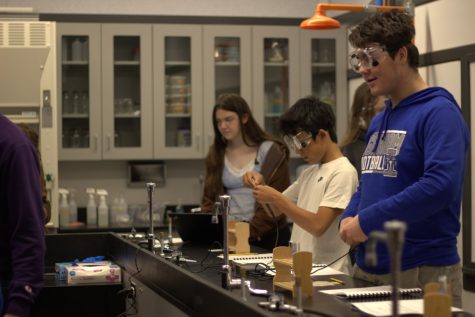
Even now, I can’t quite comprehend the idea of a school that doesn’t have sports, yet these hoodies are proof that it’s possible. It seems to me that so much of a school’s identity is not tied up with academics, but with athletics. Sports are a unifying community across all grades; they are the quintessential catalyst behind school spirit. My sports experience at Lakeside has really only encompassed two years of JV soccer thus far, but even the community behind that has been noticeable.
“It works out quite well. It’s not a bad thing; it’s just kinda how it is. It allows me to have a better social life and have friends outside of DTS,” notes Vita on the lack of athletics.
Indeed, a lot of people know others outside of school, particularly at Lakeside. Names start jumping out at me: Do you know Lorelei? Caroline? Nara? I would hear more familiar names as the day grows on.
So while others are learning about the polarity of molecular bonds and concluding that, after the lab, water’s intermolecular forces are stronger than acetone, I am hit instead with the realization that the culture of DTS is not composed of a singular culture, or one hoodie, but dozens of little cultures all wrapped up into one. DTS doesn’t necessarily need sports. They have a different type of school culture.
———
At precisely 10:57, AJ leaves me to go take a precalc quiz. At 10:58, a group of students walk into the upper floor of the building — one person, who I would later learn is Zoë, covered in fake blood — all holding stuffed Goodwill bags. A Jack-in-the-box in the bag seems to follow me with its eyes as they walk past.
Many students at DTS are drawn to their “city-as-school” curriculum, the name of which encapsulates the program quite well — students learn not necessarily from the school, but from the surrounding city. Therefore, students coming in and out is nothing strange. Still, I find myself turning to try and catch Allie’s eyes, only to discover she is already looking at me. It is that type of look that doesn’t require you to say anything after, but just to make sure we were still thinking the same thing, we simultaneously say, “We need to follow them.”
Following them doesn’t take long, considering The Downtown School has only two floors and seven classrooms. I’m not quite sure what I expect the Goodwill bags to be for, but once I catch up with them, Stella ’23 explains that the Goodwill bags are for “Art and Social Justice,” an elective students can take senior year. As the course guide states: in the class, students “experiment with a variety of artmaking techniques to advocate for a social justice topic of interest as a culminating project.” Stella holds up the jack-in-a-box. Her topic is abortion.
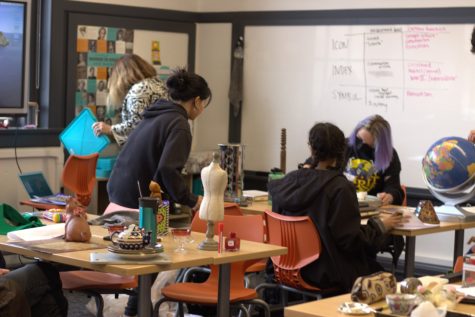
It doesn’t take long to gather more information. Nance Leonhardt, the teacher of Arts and Social Justice, explains the project’s goal: “Objects carry with them context. Either you want to amplify the context or change it.” She proceeds to explain the homework: chapters on the origins of public art, art through the civil rights era, and art through the feminist era. Students hurriedly grab their laptops before realizing homework sign-ups are at the wall.
Just as I pull away from the small couch I’m sitting on, as we begin to make our way back to precalc, Nance poses a question to the class that I barely manage to catch. “Did these artists change history, or did history change their art?”
———
My brief return to precalc leads me to interrupt a game of Battleship, whose purpose I can’t quite explain, but in the words of AJ, “I don’t understand what the reason is, but I’m down, I guess.” Following the end of precalc, I travel outside and back downstairs to the commons to meet up with Luca M-K. ’23, a senior I’m shadowing for the remainder of the day. A black milk tea with boba in hand that we’ve Doordashed, I begin what he would later jokingly describe to one of DTS’s English teachers, Brian, as an “interrogation.” (That would be Brian Crawford. Another difference at DTS: all teachers are on a first-name basis.) Luca, on the other hand, has barely begun to screw open the lid on his thermos.
Luca came to DTS only in its second year and was not deterred by the lack of established programs. Rather, he was enticed.
“I really didn’t know what I was getting myself into, but this school seemed like a perfect match… it really puts an emphasis on student agency and what you make out of the school. There’s a lot of potential for that here.”
But that isn’t to say the lack of established programs wasn’t an issue. Luca is also a musician, who began piano at the age of six and has been both a composer and a player ever since. “But then here, I came, and there was no music. There was no piano. There was nothing like that.”
Luckily, it’s an issue Luca has mitigated to the best of his ability. “Do you see that piano over there?” He says. I follow his gaze to the piano that stands on the DTS stage. “I ended up doing some Craigslist hunting, and someone on Craigslist wanted to donate the piano to the school.”
I find myself wondering whether he would have preferred to have gone to a school with an established music program. But to my surprise, he says no: “If I had gone to school with an orchestra, I wouldn’t have had the potential to start something. And now my goal is to pass on the baton and keep it alive. So I guess the main benefit, which is arguably more important than learning and experiencing music, has been about leadership.”
A ping goes off from Allie’s phone from Doordash. Just earlier, we had meticulously crafted our perfect MOD Pizza order, and now with the pizza just minutes away, I take a look around and am reminded of perhaps the most important question of all. “So what do people do for lunch?”
There are not a lot of students in the Commons, but those present are sprawled out amongst couches and chairs. The others, I learn, are probably eating at the Seattle Center, where, according to Luca, “it’s nice to take a break and get a little bit of outside air, especially since there aren’t a lot of opportunities for that in DTS.”
Location serves a big purpose at DTS. Senior students in history, when reimagining Macbeth, get the opportunity to pitch it to an opera staff. Biology students get to work alongside cancer researchers. However, Luca recalls a time before the school underwent significant security modifications when a year ago, a man walked into the building before being escorted out, having mistaken it for a neighboring food bank. No other occurrence like this has happened since then.
After more interrogation about AP tests and the transition to a bigger class size in college, which Luca says will be a difficult adjustment but one he’s excited about, I ask him my final question just minutes before the bell rings and while he’s halfway through a bite of food. “Do you feel ready for the future?”
He answers quickly and with confidence I hope to have two, five, even 10 years down the line. “Yes, I do.”
———
George’s famous history class, which oddly smells like Skittles, works like any normal class at first. It soon becomes clear, however, that his class instead exemplifies an orchestra-like structure, with George as the conductor, surrounded by musicians (students), directing his students around a conversation of history. And if his history class is an orchestra, then today’s composition revolves around political messages in media.
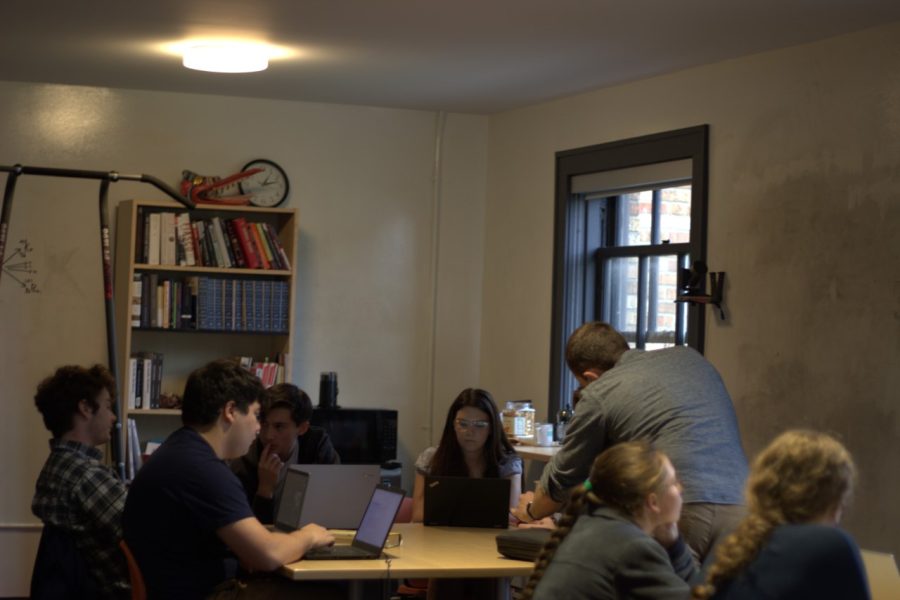
The homework, I quickly gather, was to read a 2002 New Yorker article called the “The Great Terror” on the invasion of Iraq, which, as it succeeded 9/11, ties to the very ethos of that era and focuses on fear-mongering about foreign invasion to justify the current Iraq invasion, as one student puts it. But the media pieces George shows have nothing to do with the invasion of Iraq, at least not at first.
Instead he shows us a clip from The Breakfast Club, then one from 16 Candles.
His hand hovers over the play button as he proposes questions to the class: “How do you react to something? When you react, your gut is your brain processing information — if you feel uncomfortable that might be something to pay attention to.”
George pulls up a clip where Molly Ringwald, who plays the protagonist in 16 Candles, lays unconscious in a car with several boys surrounding her. He pauses it after a few seconds and explains. “You would think that this boy would be the villain of the movie, considering he rapes her. No! Instead he’s portrayed as cool — this scene presents this as cool. If this makes you uncomfortable, that’s because something has shifted between the 1980s and today.”
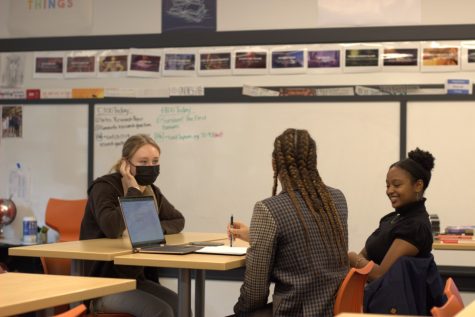
Turning back to the homework, students begin to talk about how upsetting they found the article. George responds with a candidness that I find surprising and necessary. “Some of you find this upsetting. I hope so; it’s genocide.”
He continues: “These are the stories that get overlooked and need to be acknowledged. This is the reason why I showed these movie clips. What we do and don’t pay attention to is very much based on foreign relations, media, what interests us. A genocide was occuring at the same time as The Breakfast Club and 16 Candles. What does it mean that America focuses so much inward during this time period?”
A student from the front of the room, Alex S. ’24, responds. “We don’t like to acknowledge that genocide is happening until it’s politically relevant.”
George asks the class, “Do you think this is the only story you’re unaware of? How we choose to remember history and how other stories may be suppressed by active narration. In your project, you need to ask yourself whose story am I highlighting? Whose story am I telling fully?”
I stare out the window — just below lies a game of chess, half-finished, the king protected behind the pawns who fight mercilessly in the center. And as I make my way over to the last half of Luca’s calculus class, I continue to think about the chessboard, which I realize unfortunately works a bit like life.
———
“Are you happy that you’ve come to The Downtown School?”
This was one of the many questions I threw at Luca during lunch, and I continue to think about this even as Allie T. ’25, Cailyn C. ’26, and I meet up just a few feet away from calculus to eat our pizza in the science room. It’s 1:40 — school ends in just 35 minutes. Tomorrow, I will be back to being a student at Lakeside, but right now, as the trees thrash against the window a little harder, I feel an odd sense of familiarity. Of comfort.
“Of course.” Luca answered. I would have to agree with him.
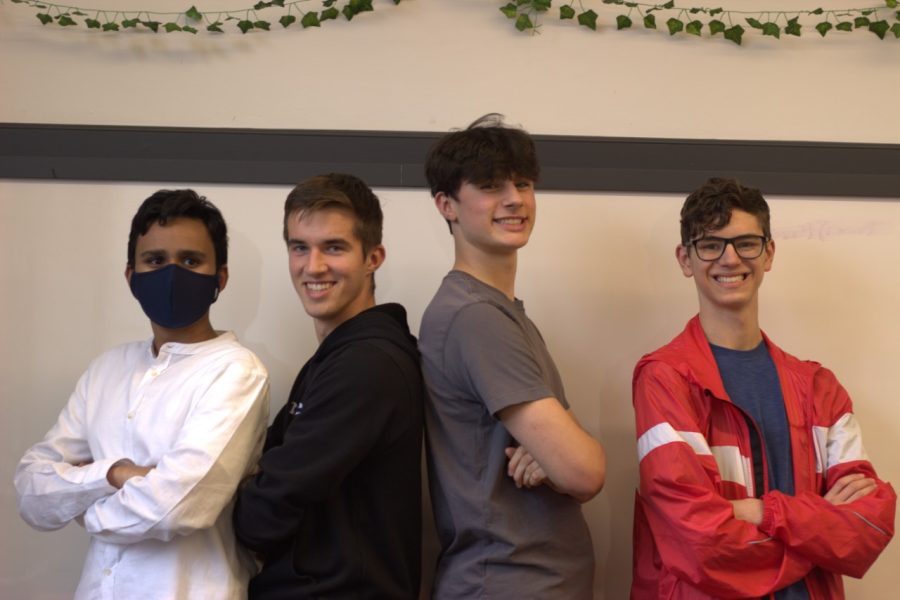
Reagan’s Starting Inventory
x1 classic New York attitude
x1 semi-intact California tan
x1 pair of wired headphones for TV Girl and...

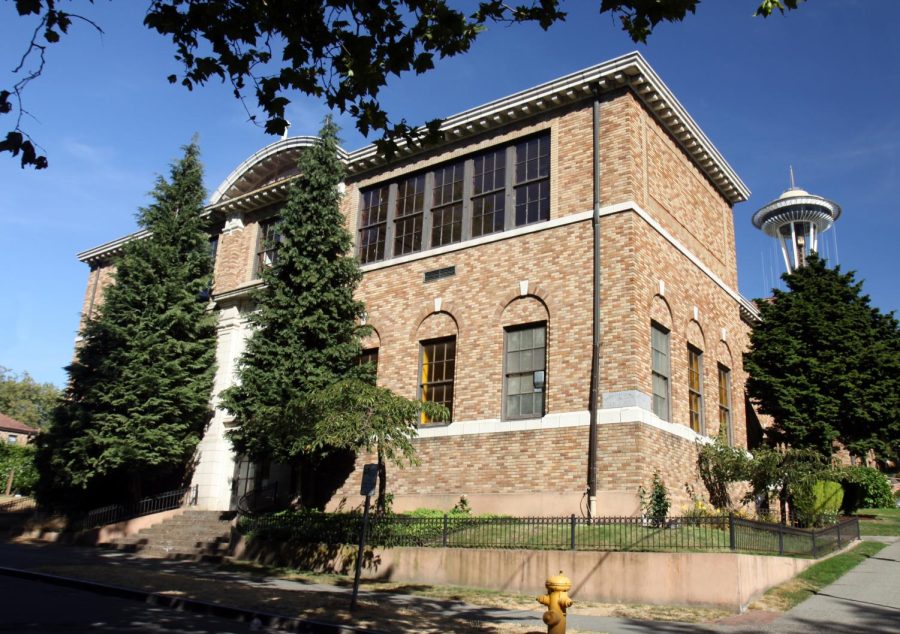
Steve | Dec 12, 2022 at 8:28 pm
The Downtown School is located at Warren Ave N and John St.
:) | Dec 12, 2022 at 12:00 pm
Mary’s actually a junior! :))))))))))
And that quote by a student in George’s class was from Ben P. ’24
I would say that George’s room smells like Teen Spirit (but if you’re going with the Billy Joel reference, maybe it smells like an Italian restaurant?)
no mention of Spanish class :'(
j | Dec 12, 2022 at 10:16 am
Can The Downtown Post come in and do an article about Lakeside next?
a | Dec 12, 2022 at 10:16 am
George’s room definitely does smell like skittles. So true